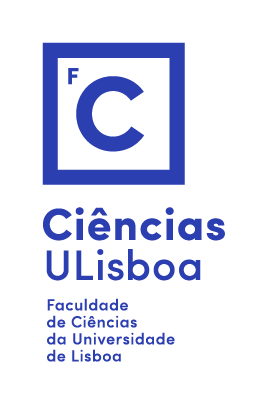Por Cristina Cornaro (Department of Enterprise Engineering - University of Rome).
In Italy, the percentage of electricity generated from renewable energy sources (RES) has increased from 20% to 35% in about 25 years. In particular, photovoltaics (PV) in just 15 years has become the second renewable source after hydroelectric. The Italian National Energy Strategy (SEN 2017) and the National Integrated Plan for Energy and Climate (PNIEC 2018) have a 2030 target to generate 55% of the electricity demand through renewable energy resources. To achieve this goal, the PV generation should increase from the current 25 TWh (20 GWp of 2016) to almost a 72 TWh at 2030 (62 GWp at the actual solar distributed energy rate). This means that in 2030 the solar penetration, that is already the highest in Europe, will grow from the current 8% to almost 22%. The increase of PV penetration modifies the shape of the electrical demand (Net load) depending on the meteorological conditions. With the increase of PV penetration, the electrical demand will be more difficult to predict and the imbalance between demand and predicted generation (Net-load forecast) and its related cost will grow, as well. In this context, the presentation will explore a strategy to mitigate the impact of solar penetration on the residual load imbalance volumes and costs, removing the barriers that hinder the full integration of photovoltaics into the electricity grid. The concept of flexible PV will be introduced and it will be demonstrated how its implementation could bring Italy to an almost complete transition to full solar 24 hours a day/365 days a year in 2060.

